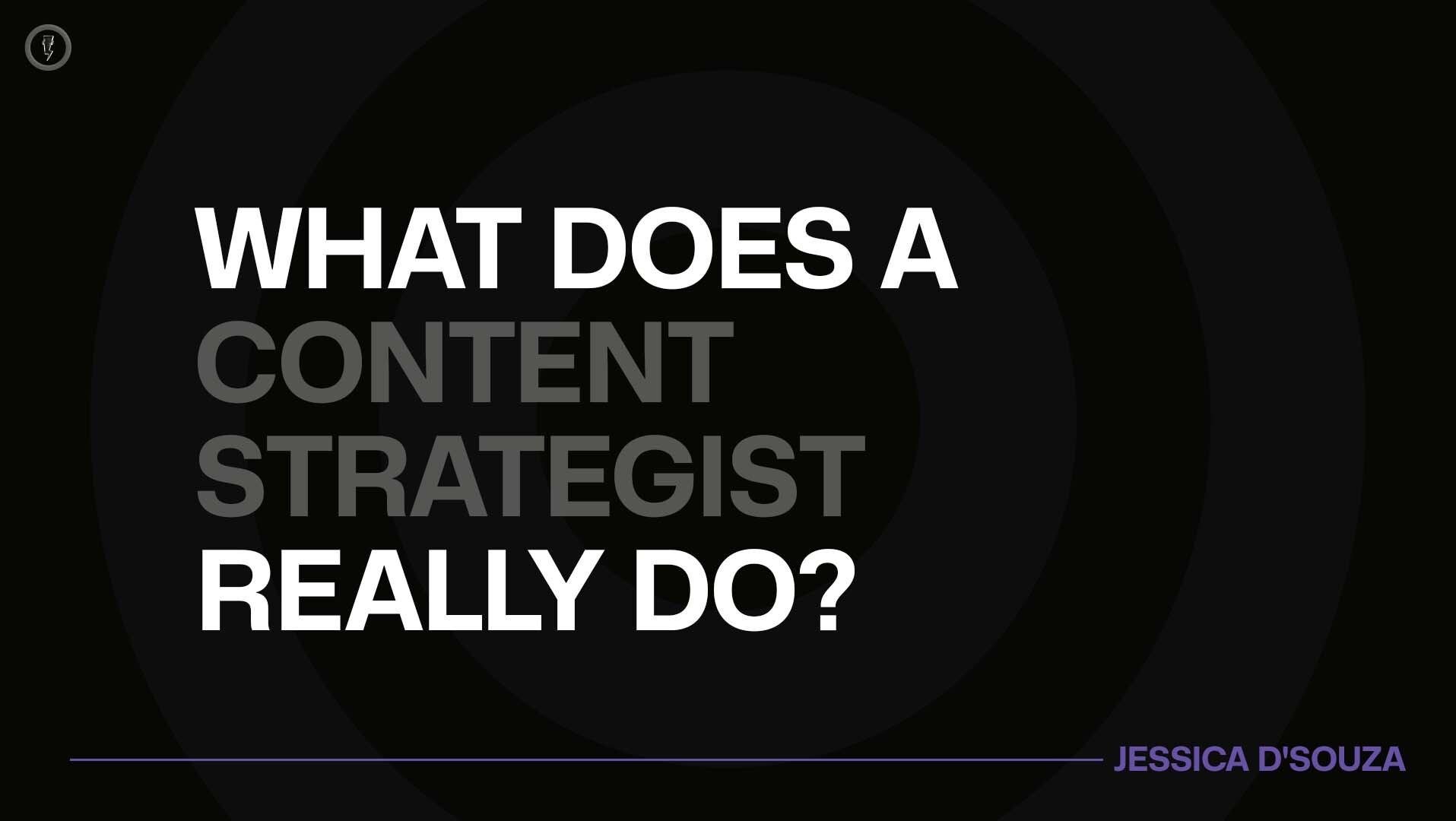
In today's market for attention, brands don't merely compete with one another. They have to deal with criticism, trends, and anything else on the internet. This is something a content planner can help with. Not simply to share facts, but to tell stories that get people to connect, buy, and stay discussing long after the event is gone.
I've been a content strategist for nearly a year now, and I've had the chance to work with a lot of different brands. A helmet brand that communicates about safety and trust, a fashion jewellery company that embraces uniqueness, a lighting brand that changes the ambience of a room, and even a tech accessory brand that makes life easier with clever design. I've learnt that content strategy is more than just generating more content. There should be significance behind everything a brand says, shows, or tells.
The first step to building a successful brand is to have a plan for how to organise things. For me, that plan starts with the content plan. It seems like a basic spreadsheet timetable, but it's really the blueprint that guides all of a brand's communication. Before I start any campaign or creative project, I pay close attention to the brand's tone, what it wants to say, who it's talking to, and why those talks are important.
When I build a content schedule, I pay attention to a few important things that keep everything running smoothly:
The initial stage in this process is always to come up with concepts. Some days I work alone, thinking about things, coming up with ideas, and putting down rough drafts of concepts that might or might not make it into the final plan.
Campaigns give a brand personality and life, but the calendar maintains it the same. They're not just one-time marketing tricks; they're what people talk about and get things done. Campaigns bring together all the planning and goal-setting from the calendar to build something greater that makes people think, feel, and remember.
When I start a campaign, the first thing that comes to mind is what truth do we want to express this time? The reality about the helmet brand is that it often has to do with safety and making motorcyclists feel like someone is always there for them. A jewellery brand is all about personality and self-expression, and how a simple thing can make you feel like yourself.
To turn an idea into a plan, you need to be both structured and creative. Pre-production is where everything begins. At this point, you'll be designing mood-boards, finishing lines, arranging how the plot will flow, and figuring out how the visuals will look. I work closely with the production team to make sure that everyone gets the major point of the story we're conveying, as well as the brief.
Your plan comes to life on shoot days. One of my favourite things about being on set is that you can see a concept come to life. There is a reason for every shot, set, and lighting tone. Sometimes, small tweaks like adjusting the camera position or rephrasing a sentence can make a scene feel completely different, more real, and more human.
After the shoot, everything comes together in post-production. The cuts, music, colours, and tempo all change how the story feels. I check each cut to make sure it aligns with the tone and aims of the campaign. No matter how good it is, our material only works if it feels like it stays true to what we wanted to express.
Once the campaign is out in the world, my role shifts from creating to observing. I look at performance data and analytics, but I also pay attention to what people say, share, save, and start talking about. Metrics offer you numbers, but comments show you how things are related.
I learn something new every time I’m in the office. A simple idea could be better than a complicated one, and a subtle story might be stronger than a big picture. These new ideas impact the way I make my next piece of content and the way the brand talks to people.
Strategies help me think outside the box and get to know other people. It's about knowing what consumers care about and how to connect that to what a brand stands for. What does the audience require at this moment? That's the question I ask myself the most every day. What does it mean for this brand to be there? How can we show someone we care instead of just trying to sell them something?
Strategy offers your creativity a way to explore. It helps you put ideas together into stories that make sense and have people in them. When done well, content doesn't just reach people; it talks to them.
1. Why do brands need both a content calendar and campaigns?
Calendars keep brands consistent, while campaigns create emotional depth and connection. Together, they make communication meaningful.
2. What’s your role during shoots and post-production?
My role is to make sure every creative decision, from visuals to music, reflects the emotion and intent we started with.
3. How do you measure success in content strategy?
Success isn’t just about numbers; it’s about emotion. When people engage, share, or remember your story, that’s real success.
4. How often should a brand run campaigns?
Ideally, one strong campaign every quarter, supported by consistent and thoughtful calendar content in between.
5. What’s the biggest mistake brands make without a strategist?
They post more but say less. Strategy ensures every piece of content has purpose and meaning, not just presence.